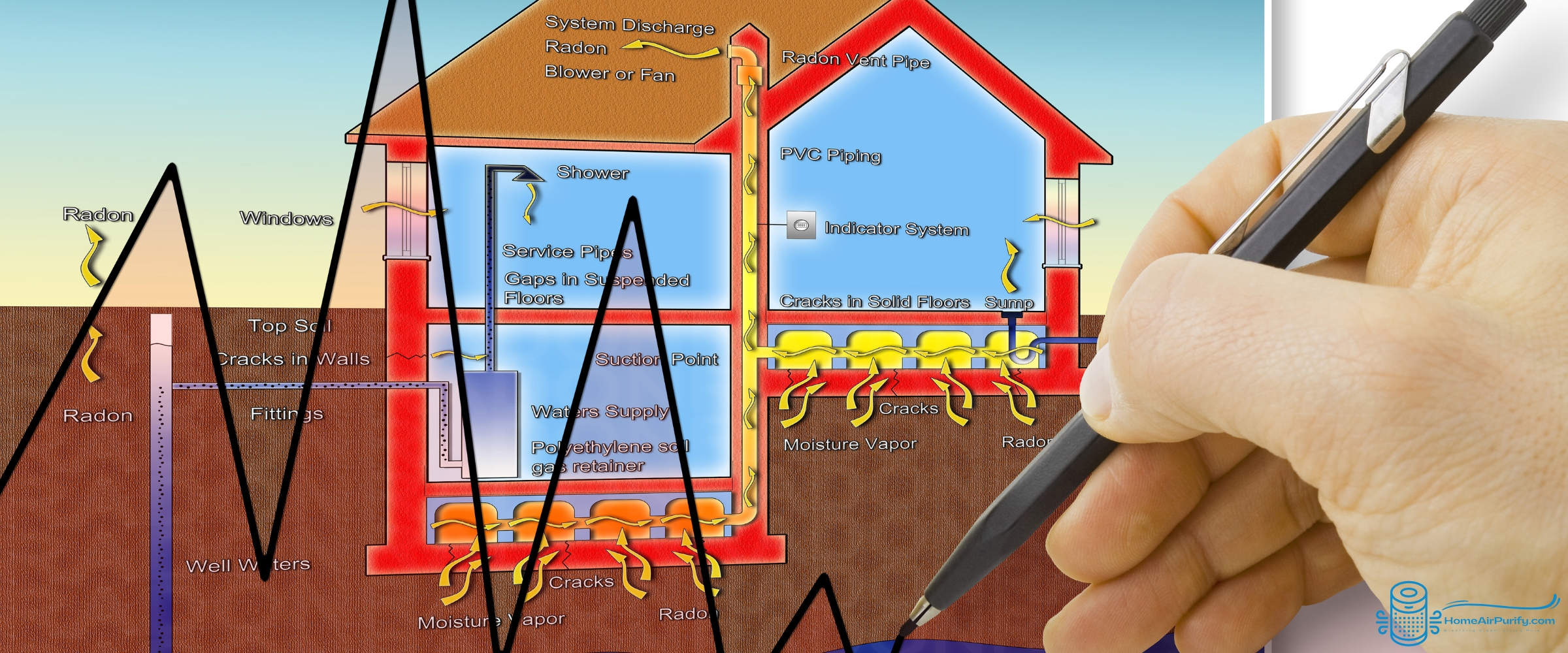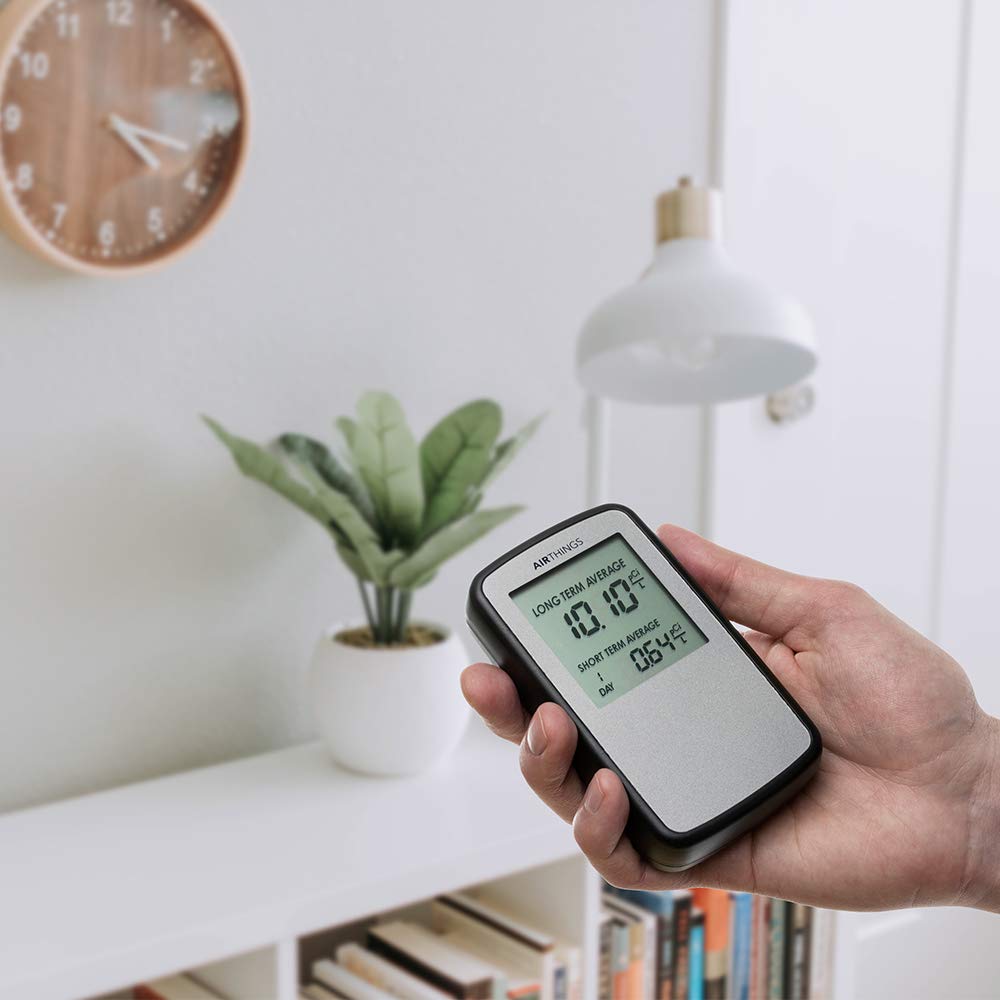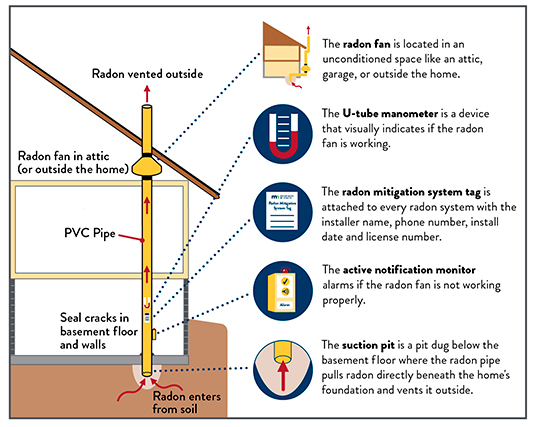Currently Empty: $0.00
Do Air Purifiers Help With Radon

I get commissions for purchases made through links on the site. As an Amazon Associate I earn from qualifying purchases. Learn more.
In the quest for a healthier indoor environment, many homeowners and renters alike have asked, ‘Do air purifiers help with radon?’ This question is crucial, considering radon’s invisible threat to our health. Let’s dive deep into the heart of this topic, exploring whether air purifiers are a viable solution to radon concerns.
Key Takeaways
- Radon is a harmful, invisible gas linked to lung cancer.
- Standard air purifiers, including those with HEPA filters, cannot trap radon gas.
- Activated carbon filters in air purifiers can adsorb radon under certain conditions but aren’t a complete solution.
- Effective radon mitigation often requires professional radon reduction systems.
- Ventilation features in some air purifiers can help dilute radon levels but won’t eliminate the source.
- Testing your home for radon is the first step towards ensuring safety.
- Air purifiers can improve overall indoor air quality, contributing to a healthier home environment alongside radon mitigation efforts.
- Educating yourself on radon and its risks is crucial for taking informed action.
What is Radon?

First off, radon is a colorless, odorless gas resulting from the natural decay of uranium in soil, rock, and water. It can infiltrate homes through cracks in floors, walls, and foundations, posing serious health risks. Prolonged exposure to radon is the second leading cause of lung cancer in the United States after smoking.
The Role of Air Purifiers
Now, when it comes to mitigating radon, air purifiers come into the conversation. However, it’s essential to clarify that not all air purifiers are created equal. Most standard air purifiers, designed to filter out particulate matter like dust, pollen, and smoke, do not affect radon gas. Radon, being a gas, requires specific technology to be addressed effectively.
HEPA Filters and Radon: What You Need to Know
High-Efficiency Particulate Air (HEPA) filters are a common feature in air purifiers, celebrated for their ability to capture particles as small as 0.3 microns. However, radon atoms are far smaller than this threshold, allowing them to pass through HEPA filters without being trapped. So, while HEPA-equipped air purifiers excel in enhancing air quality, they don’t reduce radon levels.
Carbon Filters: A Closer Look
Activated carbon filters offer a glimmer of hope in the radon conversation. These filters can adsorb a variety of gases, radon included, under the right conditions. However, the effectiveness of carbon filters against radon heavily depends on the airflow and the amount of activated carbon. While promising, they are not a foolproof solution for significant radon mitigation.
Ventilation: The Key Factor
Ventilation plays a pivotal role in reducing indoor radon levels. Some air purifiers with built-in ventilation features can help by diluting indoor air with cleaner, outdoor air. This process reduces the concentration of radon inside homes but does not eliminate the source of radon. For comprehensive radon mitigation, professional radon reduction systems are often recommended.
Professional Radon Mitigation Systems
For those serious about tackling radon, professional radon mitigation systems are the way to go. These systems, such as sub-slab depressurization, actively draw radon from beneath the home and vent it outside. They are the most effective means of reducing radon levels significantly and safely.
Air Purifiers: Part of a Holistic Approach
While air purifiers alone may not solve radon problems, they play a vital role in a holistic approach to indoor air quality. Alongside professional radon mitigation, using air purifiers equipped with HEPA and activated carbon filters can improve the overall air quality, reducing other pollutants that can impact health.
Educating Yourself and Taking Action
Knowledge is power, especially when it comes to radon. Testing your home for radon is the first step in understanding your risk. Radon test kits are readily available and easy to use. If tests show high radon levels, consulting with a radon mitigation specialist is the next step to ensure your home is safe.
Airthings Corentium Home Radon Detector 223

The Airthings Corentium Home Radon Detector 223, a pioneering device in radon detection, is battery-operated and digital, offering the flexibility to monitor your home’s air without needing an outlet. Its lightweight, portable design ensures you can easily place it anywhere. Designed for long-term use, it tracks radon levels, which fluctuate daily, alerting you to any changes and allowing you to take action if levels are high. With its user-friendly interface, you can quickly view both long and short term radon readings and generate a radon report at any time, ensuring your home’s safety and your peace of mind.
Check PriceConclusion: Clearing the Air on Radon and Air Purifiers
So, do air purifiers help with radon? The answer is nuanced. While they are not a standalone solution for radon mitigation, air purifiers with activated carbon filters can reduce levels of radon gas and other indoor air pollutants, contributing to a healthier living environment. However, for significant radon reduction, professional mitigation systems are necessary. Together, these strategies form a comprehensive approach to safeguarding your indoor air quality and your health.
Remember, taking steps to improve air quality and reduce radon exposure is a journey worth taking. By educating yourself and making informed decisions, you can create a safer, healthier home for you and your loved ones.

